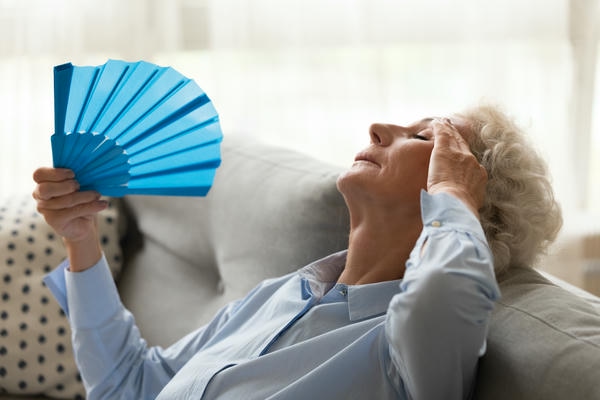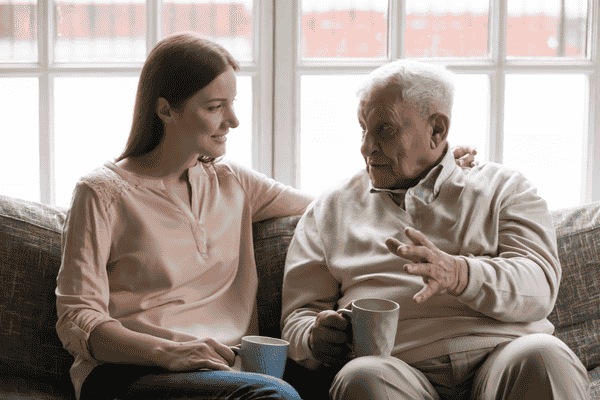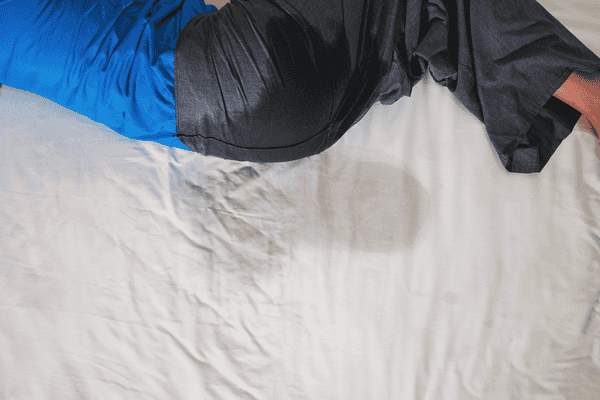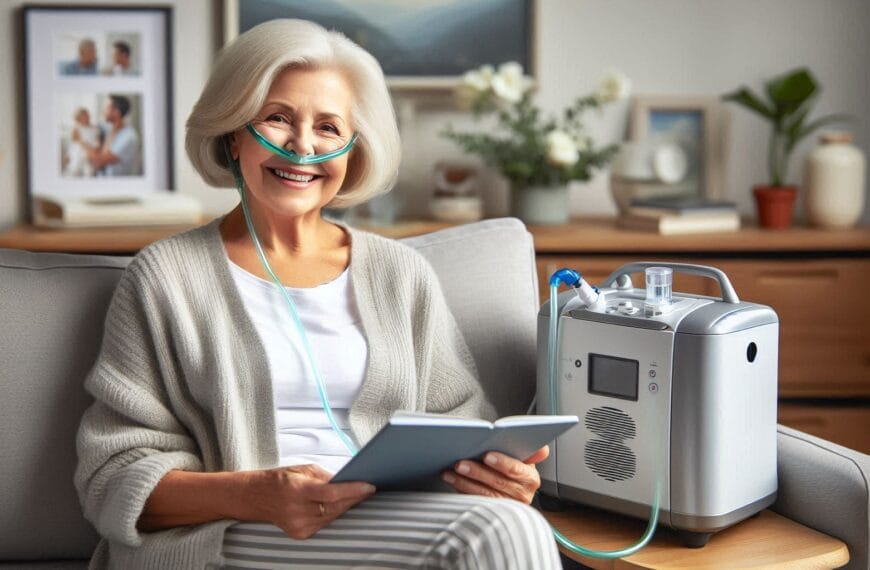A New Season, A Fresh Start
Springtime always brings a sense of renewal. The days grow longer, the air feels fresher, and after months of staying indoors, there’s an urge to clear out the dust—both literally and figuratively. For seniors, this season isn’t just about cleaning; it’s about reclaiming their space, ensuring their home remains safe, and making daily life easier.
Margaret, 78, sits by her bay window, watching the first green buds sprout on the trees outside. “Every year, I tell myself I’ll get my spring cleaning done early,” she says with a chuckle. “But then I look around, and I don’t even know where to start.”
She’s not alone. Many older adults find themselves overwhelmed when tackling household organization. The truth is, some tasks are easy to manage, while others require help—whether from family or professional caregivers. The key is knowing what’s feasible to do independently and when to bring in support.
Where Seniors Can Start on Their Own
Spring cleaning doesn’t have to mean taking on the entire house in one exhausting weekend. Instead, breaking it into small, manageable steps can make all the difference.
Decluttering Without the Stress
For seniors like Margaret, the hardest part of organizing isn’t the physical effort—it’s the emotional weight of sorting through a lifetime of belongings. “I found a box of old letters in my closet the other day,” she says. “Some from my late husband, some from my kids when they were young. I sat down to read them and before I knew it, two hours had passed.”
Experts suggest starting small—maybe with a single drawer or shelf—and setting a timer for 20 minutes. This keeps the task from feeling overwhelming. “I tell my mom, ‘If you wouldn’t buy it again today, maybe it’s time to let it go,’” says Jennifer, whose 82-year-old mother recently downsized. “That helps her make decisions without feeling guilty.”
Light decluttering also improves safety. Removing stacks of old newspapers, clearing floors of loose items, and getting rid of unnecessary furniture can reduce the risk of falls.
Organizing Medications for Safety and Convenience
Another simple but crucial step is going through medications. “I used to have pill bottles scattered all over my house—on the nightstand, in the kitchen, even in the bathroom,” Margaret admits. “It wasn’t until my daughter got me one of those weekly organizers that I finally felt in control.”
Seniors should check expiration dates and safely dispose of old prescriptions at a local pharmacy. Keeping medications in one designated spot—preferably in a clearly labeled organizer—can prevent mix-ups and missed doses.
Light Cleaning to Freshen Up the Space
Dust builds up over winter, especially when windows remain shut for months. A simple routine of dusting surfaces, wiping down countertops, and opening windows for fresh air can make a home feel instantly cleaner. “Just cracking a window and letting in the spring breeze makes a difference,” says Margaret.
Tasks like washing windows, shaking out rugs, and wiping mirrors can be done gradually over a few days rather than all at once. Seniors should avoid overexertion and take breaks to prevent fatigue.
Checking Home Safety Features
One of the easiest and most important spring tasks is making sure smoke alarms and carbon monoxide detectors are functioning properly. Seniors should test them and replace batteries if needed. Additionally, clearing pathways, securing rugs with non-slip pads, and ensuring that frequently used items are within easy reach can prevent unnecessary accidents.
When to Ask for Help: Tasks Best Left to Caregivers
While many tasks are manageable, some require extra muscle, expertise, or a second pair of hands. Margaret admits, “I used to move my furniture around by myself, but after my hip replacement, that’s just not an option anymore.”
Professional caregivers, such as those available through platforms like comforhome.ca, offer an excellent solution for seniors who need assistance with more demanding tasks.
Deep Cleaning for a Healthier Home
Spring is the best time to deep clean carpets, scrub floors, and reach neglected areas like ceiling fans and baseboards. These tasks can be physically demanding, making caregivers a valuable resource.
Lisa, a home caregiver, recalls working with an elderly client who had asthma. “She didn’t realize how much dust had built up in her carpets and curtains over the years,” Lisa explains. “Once we deep cleaned everything, her breathing noticeably improved.”
Rearranging Furniture for Safety and Accessibility
Older adults sometimes hold onto furniture arrangements that worked decades ago but no longer suit their needs. A caregiver can help by moving heavy items to create clear pathways, ensuring proper lighting, and repositioning frequently used items within easy reach.
“When my dad’s eyesight started failing, we rearranged the living room so there were no sharp corners in his walking path,” Jennifer says. “It made a huge difference in his confidence getting around.”
Helping with Sentimental Decluttering
Sorting through old keepsakes can be an emotional process. Having a caregiver or family member there to help can make it easier. “I had one client who kept every birthday card she ever received,” says Lisa. “Together, we picked out her favorites and created a scrapbook so she could keep the memories without the clutter.”
Caregivers can also handle donating, recycling, or disposing of unwanted items, saving seniors from making multiple trips.
Medication Management Beyond the Basics
While seniors can organize their medications, caregivers provide added support by setting up reminders, ensuring doses aren’t missed, and even helping with prescription refills. This level of assistance is especially beneficial for those with complex medication schedules.
Setting Up a Safer Living Space
Caregivers can install grab bars in bathrooms, place non-slip mats in key areas, and ensure that everyday items are stored at a safe height. These small adjustments can prevent falls and make a home more accessible.
Why Professional Caregivers Make a Difference
For many families, hiring a caregiver isn’t just about assistance—it’s about peace of mind. Platforms like comforhome.ca connect families with qualified caregivers who offer flexible, affordable home support.
The benefits include:
- Cost savings: Hiring directly through the platform can be up to 40% cheaper than traditional agencies.
- Trust and safety: Caregivers are thoroughly vetted, with background checks and certifications.
- Personalized care: Families can choose caregivers based on specific needs and schedules.
For seniors who need occasional help, using a caregiver just for spring cleaning can be a great way to ease into home care services.
A Balanced Approach to Spring Cleaning
Spring cleaning isn’t just about tidying up—it’s about creating a living space that supports a healthy, independent lifestyle. Margaret, now well into her spring refresh, smiles as she places a vase of fresh tulips on her newly organized coffee table. “It feels good to clear things out,” she says. “A little bit at a time, with a little bit of help, makes all the difference.”
Seniors don’t have to do it all alone, and they don’t have to let spring cleaning become an overwhelming burden. By tackling small tasks independently and seeking caregiver assistance for the bigger ones, they can enjoy a fresh, safe, and comfortable home all season long.
So, whether it’s dusting off a windowsill or making the home more fall-proof, this spring is the perfect time to take action. After all, a refreshed home leads to a refreshed mind—and that’s something worth celebrating.





